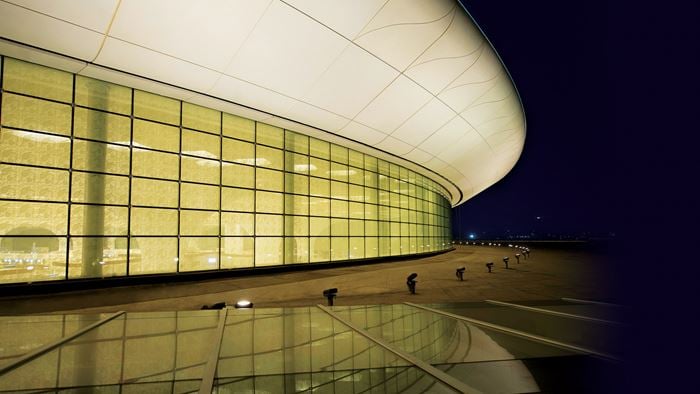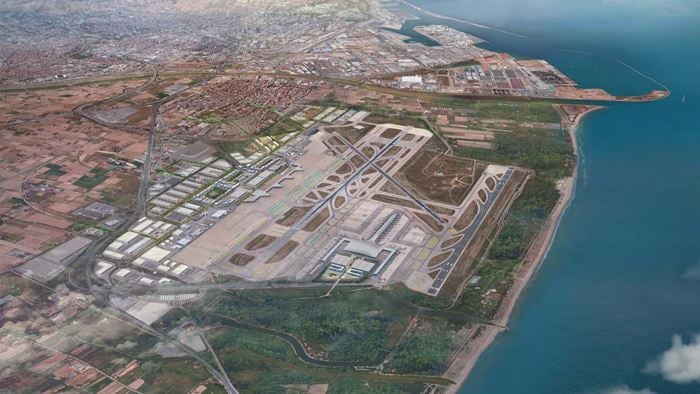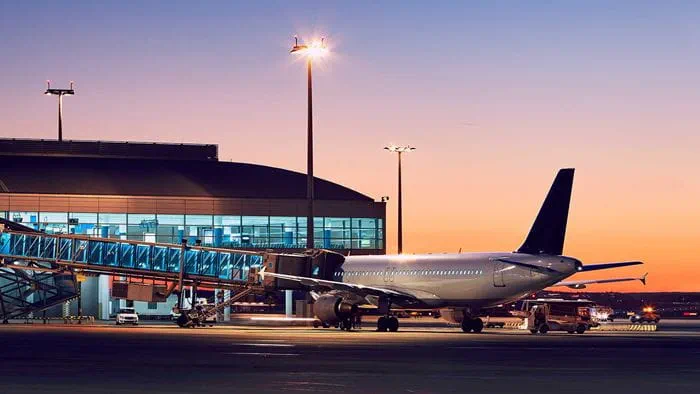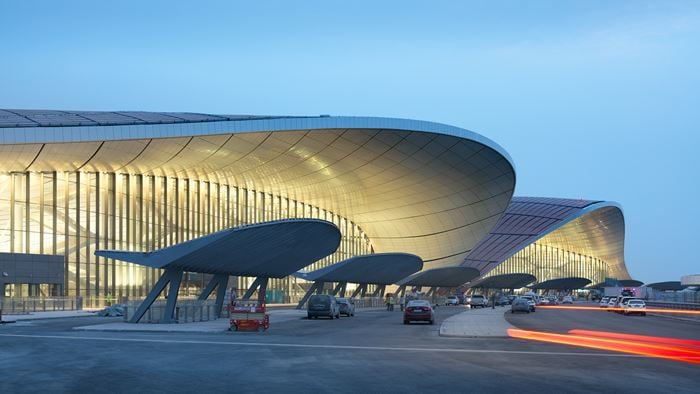Dubai’s Terminal 3, the home of Emirates Airlines, is the world’s single largest terminal building.
Ensuring the smooth opening of such a large terminal is a major undertaking. The Arup operational readiness and airport transition team managed every step of Emirates’ and Dubai Airport’s move, from construction project to fully operational environment.
Specialist airport technology systems were commissioned and tested, including check-in, telephone, radio, information databases, flight and baggage displays, computer rooms and networks, entertainment and retail systems.
Control rooms to monitor and control airport operations were commissioned and tested with the airport operations staff to build their familiarity with the new systems and confidence in running live operations.
Arup specialists consulted stakeholders to establish training needs and ensure all staff were familiar with the operational environment. They monitored interoperability between systems, identifying and resolving technical issues. The team managed trials and steered the strategy and sequence for the airport opening.
The project not only provided an excellent platform for the airline and the airport’s stakeholders to prepare for opening, but also identified opportunities for operational improvement and correction.
World’s largest airport trials
Central to the success of the ORAT work at Terminal 3 was the trials programme. Comprising more than 60 trials over a period of six months and involving over 3,500 public volunteers and 13,000 bags, it was the largest ever airport trials programme.
Drawing on previous ORAT experience and working alongside consultants from the Greater Toronto Airports Authority, Arup consulted 13 key stakeholders, including Emirates, Dubai Airports, Dnata, the police and immigration services, to understand their roles throughout each phase of the project and beyond. The ORAT team mapped out passenger journeys, anticipated possible problems and looked at how staff reacted to incidents.
Trials were segregated into three categories: fallback, basic and advanced. These replicated actual airport conditions at peak times and tested a number of different scenarios. Each trial was followed by analysis reports and feedback to the stakeholders, enabling them to take appropriate action to ensure the correct processes were implemented and suitable training was provided.
Arup looked at various possible fault scenarios, such as check-in systems faults, power outages, reactions to alarms, computer server or network failures and partial baggage system failures. This approach paid off on the opening day, as all systems operated as expected. After the first aircraft arrived at the terminal, passengers disembarked, were efficiently processed and baggage was on the carousel within 14 minutes.
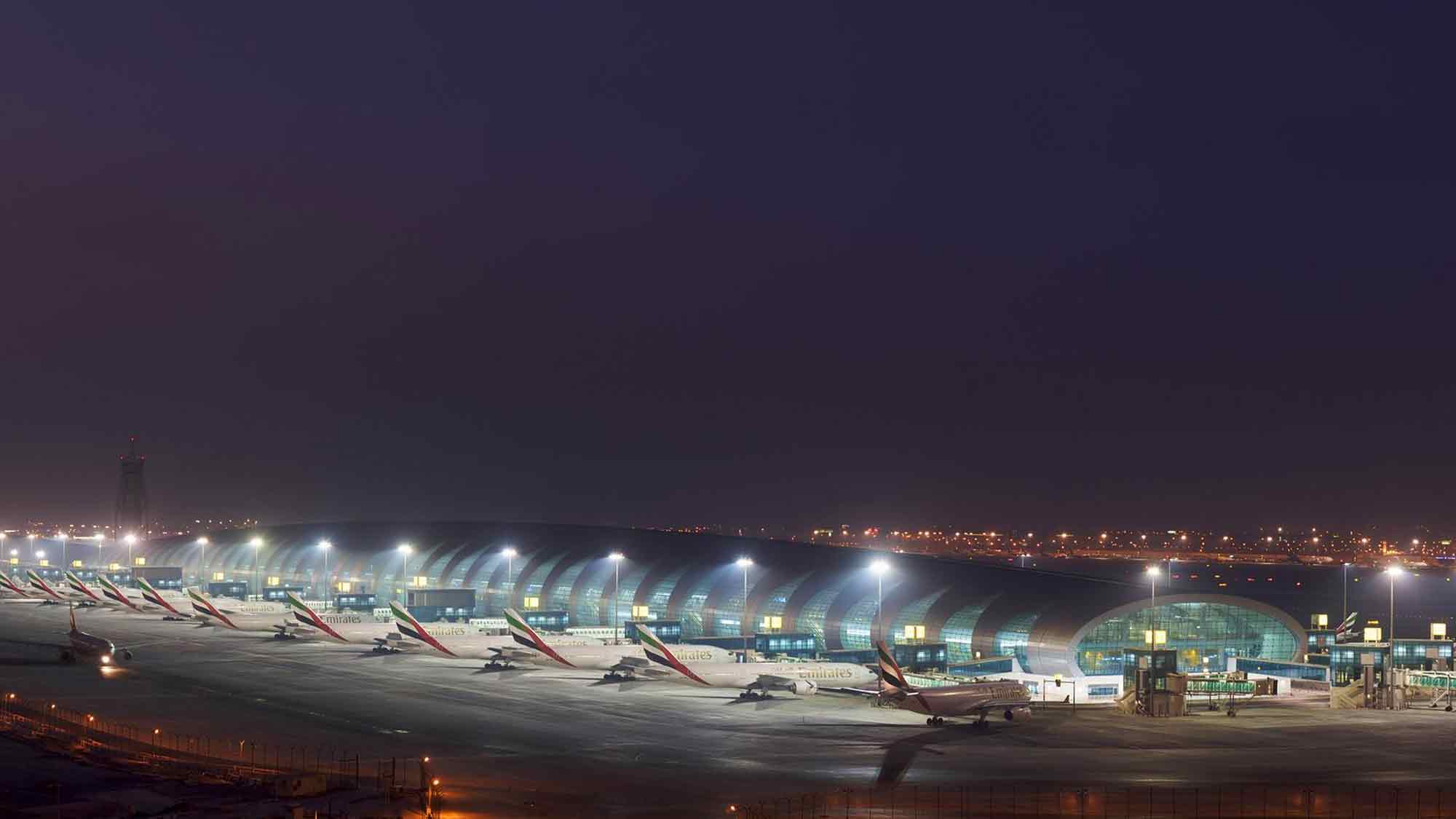 ;
;



